Connecting...

This is a quick preview of the lesson. For full access, please Log In or Sign up.
For more information, please see full course syllabus of Algebra 1
For more information, please see full course syllabus of Algebra 1
Algebra 1 Graphs of Quadratics
Lecture Description
In this lesson we are going to take a look at the graphs of quadratics. We will first start off by looking at the basic shape of a quadratic and how it forms the shape known as the parabola. You'll learn some new vocabulary such as the axis of symmetry and the vertex. So far we've seen the quadratics in standard form, but in this lesson you'll get to see some that are not written in standard form. This will lead to a new technique that we have to use in order to apply out their graph. You'll learn a new form of the quadratic equation that will help you easily determine the location of the vertex, and more.
Bookmark & Share
Embed
Share this knowledge with your friends!
Copy & Paste this embed code into your website’s HTML
Please ensure that your website editor is in text mode when you paste the code.(In Wordpress, the mode button is on the top right corner.)
×
Since this lesson is not free, only the preview will appear on your website.
- - Allow users to view the embedded video in full-size.
Next Lecture
Previous Lecture









































 Carleen Eaton
Carleen Eaton Grant Fraser
Grant Fraser Eric Smith
Eric Smith
 Answer Engine
Answer Engine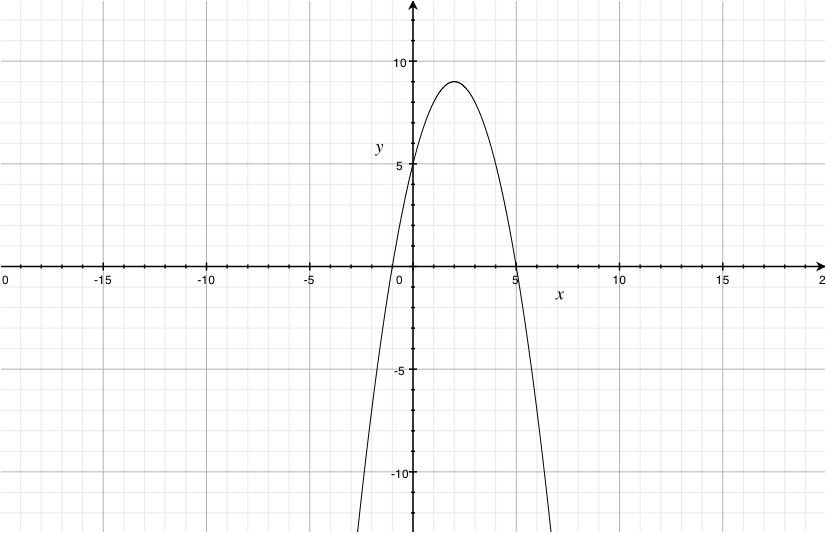
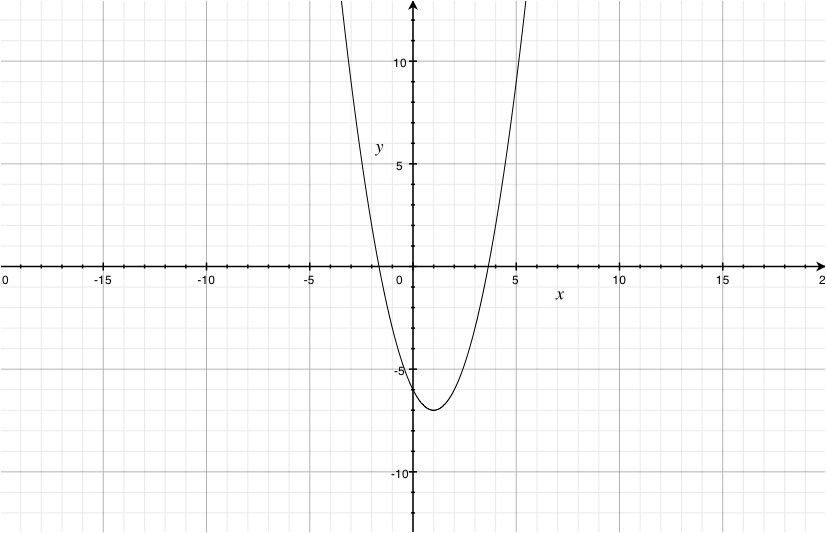
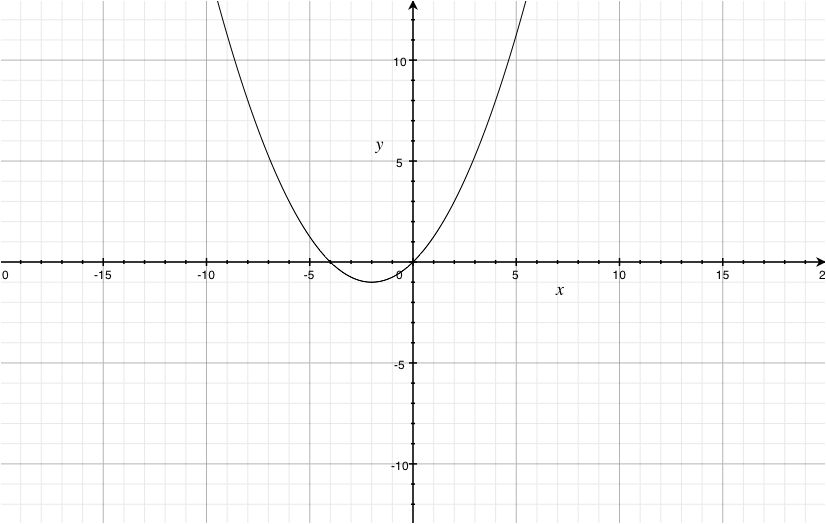

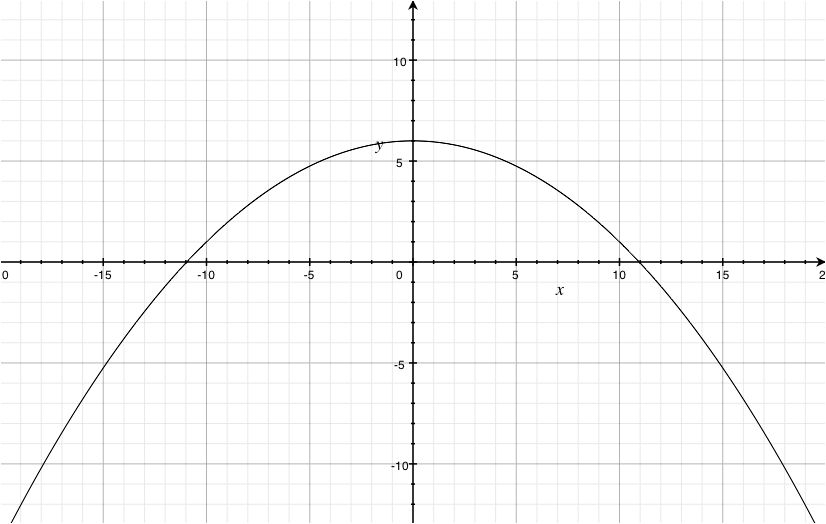
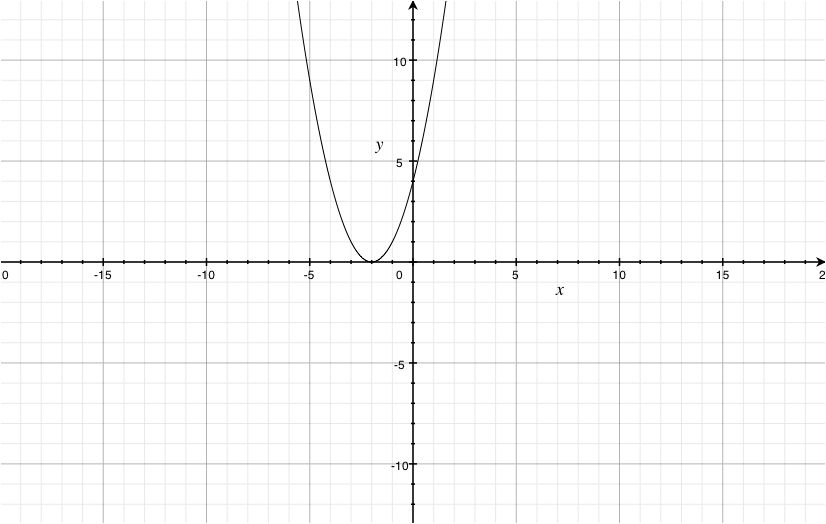
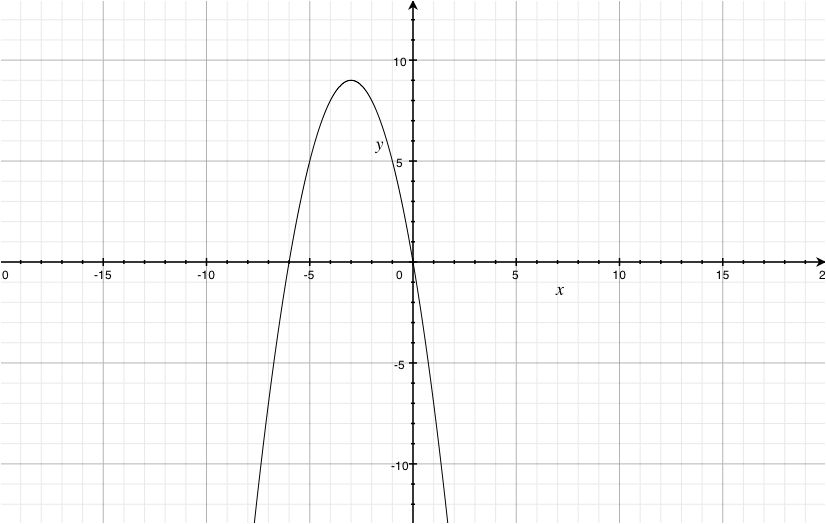
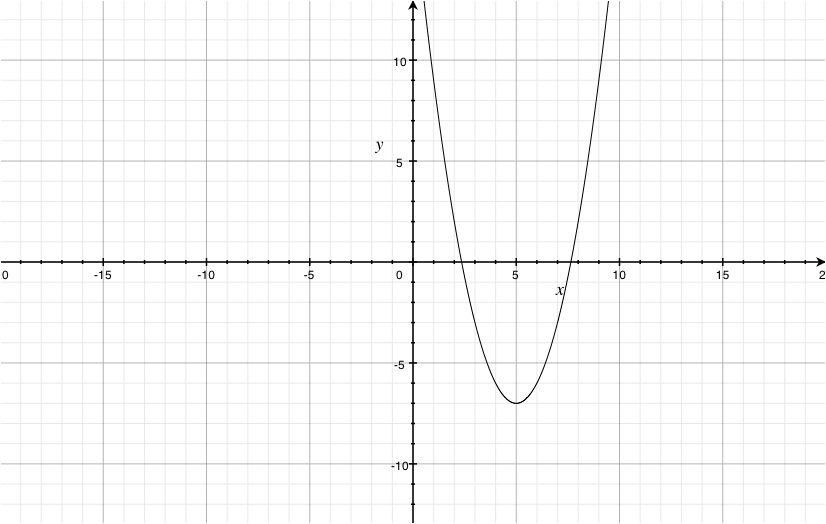





3 answers
Last reply by: Thomas Lyles
Fri Mar 13, 2020 6:06 PM
Post by Emily Engle on October 9, 2013
How did you figure out the original graph in ex. 2 ? (x^2=y)